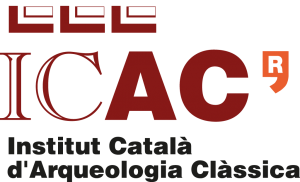THE CITY
The civitas Roman (city) of Tarraco spread out from the mouth of the Francolí river, the littoral of the Mediterranean and the promontory of today’s Parte Alta, or the historic centre. The origin civitas can be traced to the Iberian oppidum (village) of Kesse and the large Roman military encampment from the 3rd and 2nd centuries BC. The urban centre held the title of colony starting from the 1st century BC and was the residence of Augustus himself. Tarraco also served as the capital of one of the Empire’s largest provinces and attracted active and dynamic trade and political activity. Tarraco’s progressive importance in the Western Mediterranean promoted and shaped its urban landscape.
URBAN DESIGN
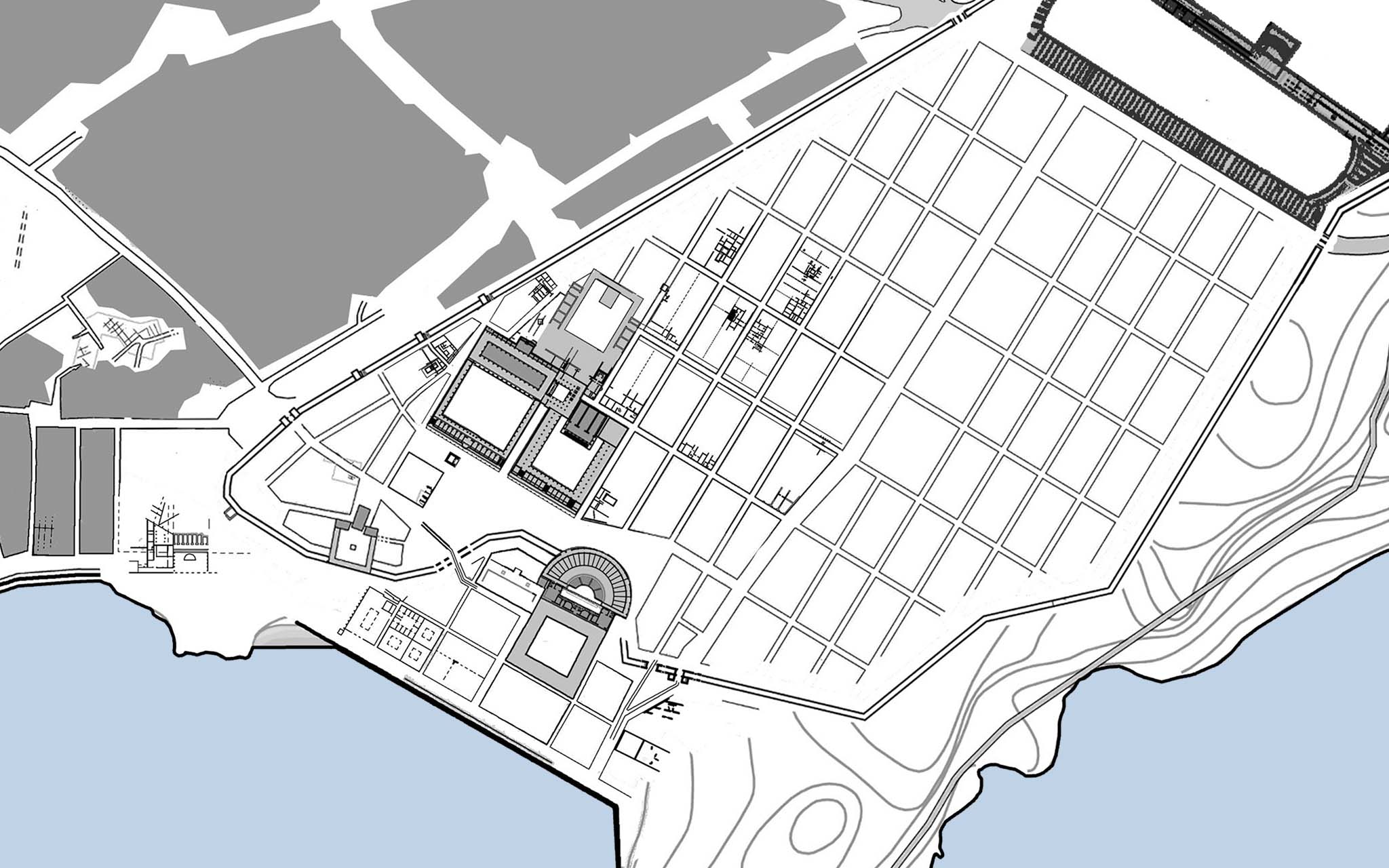
The founding of the Roman colony of Tarraco involved building a grid system of city blocks (insulae) and streets. During the era of the Roman Republic (the first century B.C.), documents show a sophisticated system of sewers and water management, paved streets, and porticoes as well as residential and productive buildings occupying the urban space. Hundreds of archaeological projects have allowed the physiognomy of the Roman city to be restored.
WALL

Tarraco has the oldest, largest and best-preserved walls from the Roman era in the Iberian Peninsula. Today’s remnants include a set of towers, wall paintings and accesses built in different phases, from when Tarraco was not yet a city but rather a military encampment; the primary base of operations in the conquest of Hispania starting from 218 B.C. The monumental Cyclopean wall base and the stone block wall faces with markings from Iberian stonemasons illustrate the collaboration between the Roman army and the indigenous peoples.
TOWER OF MINERVA
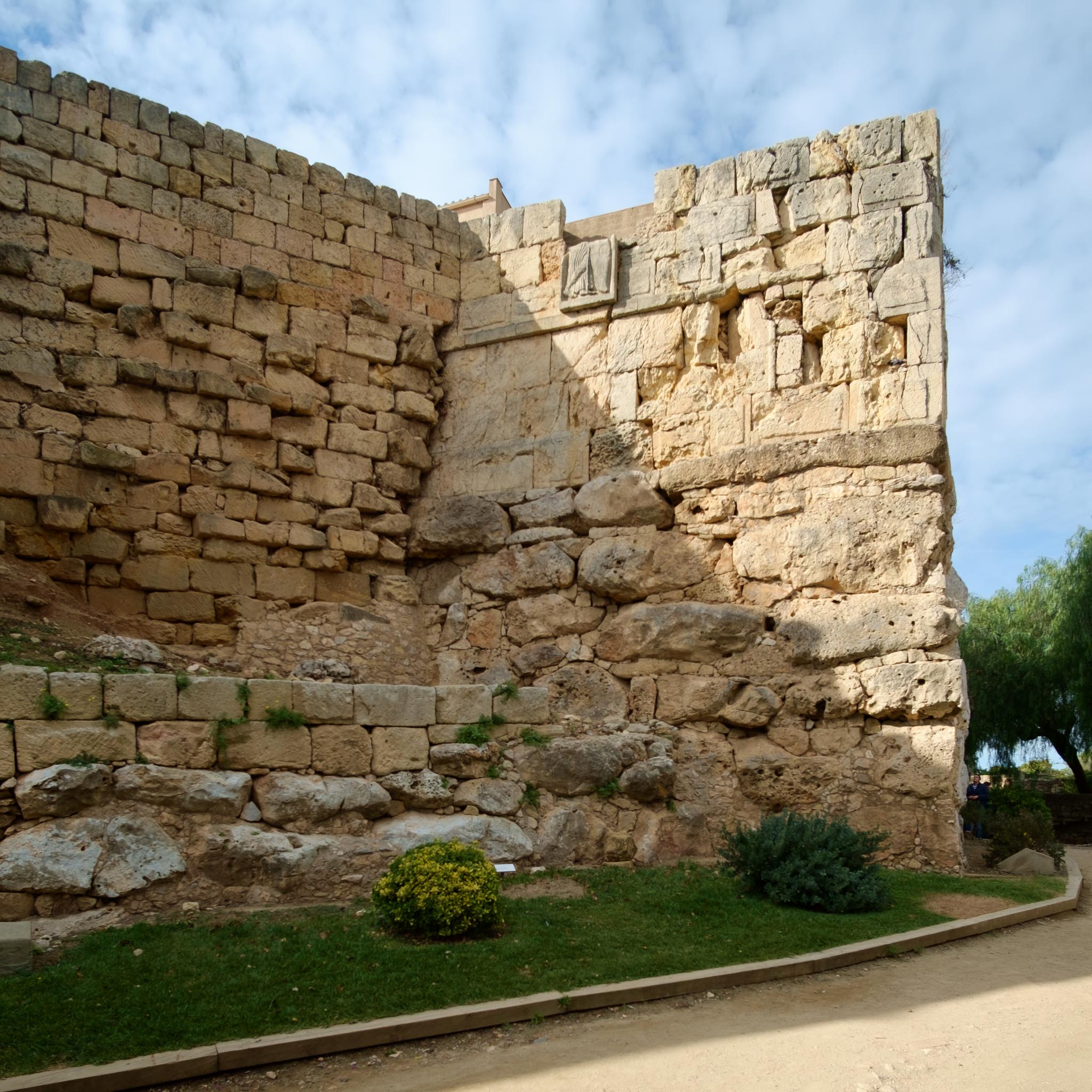
The Tower of Minerva formed part of the wall of the first Roman military encampment, built between 218-206 B.C. This tower shows the first Roman relief (of the goddess Minerva) and the first Roman inscription (graffiti) in the Iberian Peninsula. The defensive tower was equipped with a floor for military equipment, but it also flanked the access to the camp’s entry, thus symbolically translating Roman hegemony in the region during a moment of wartime conflict between Rome and Carthage.
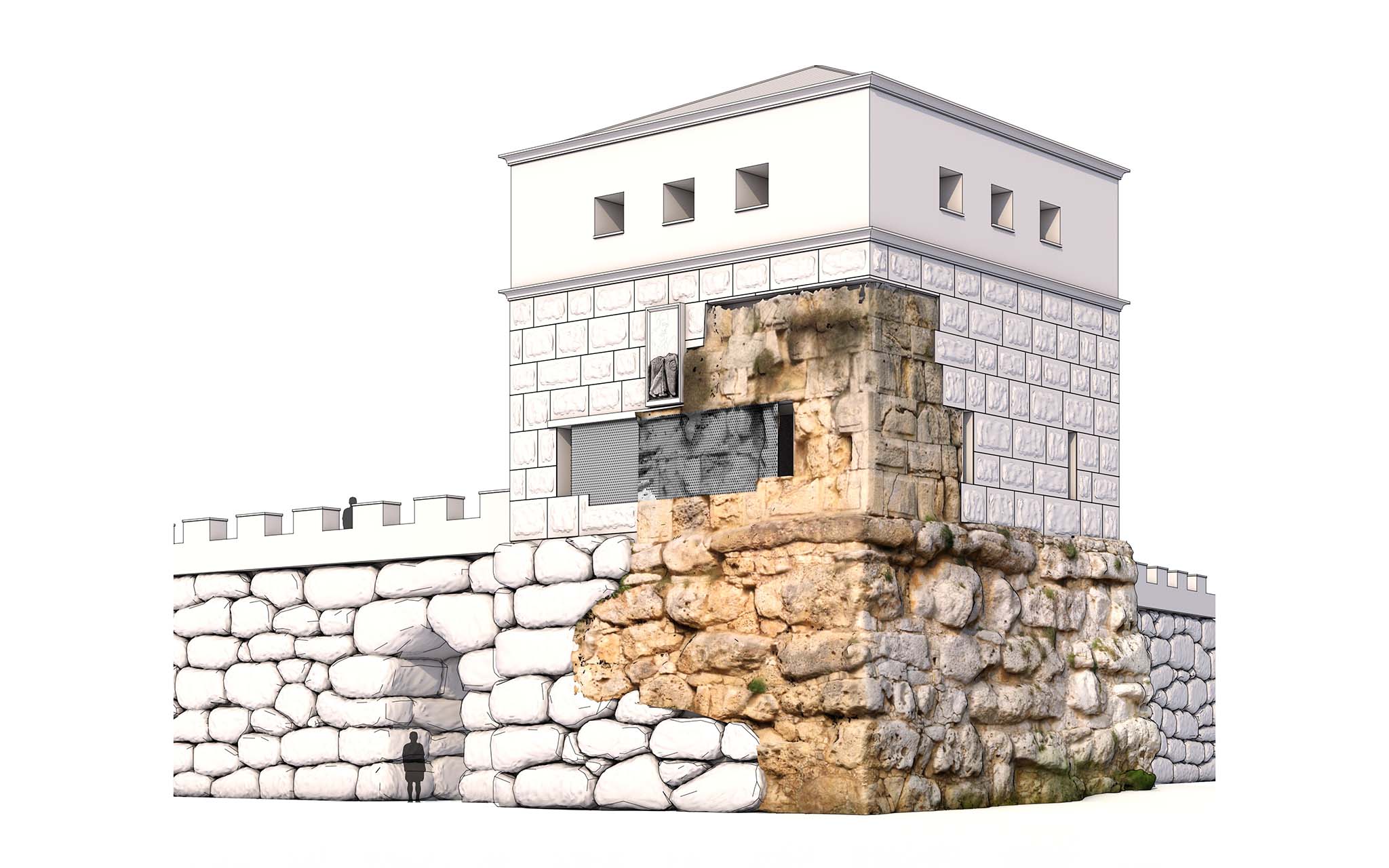
GREAT COLLECTOR
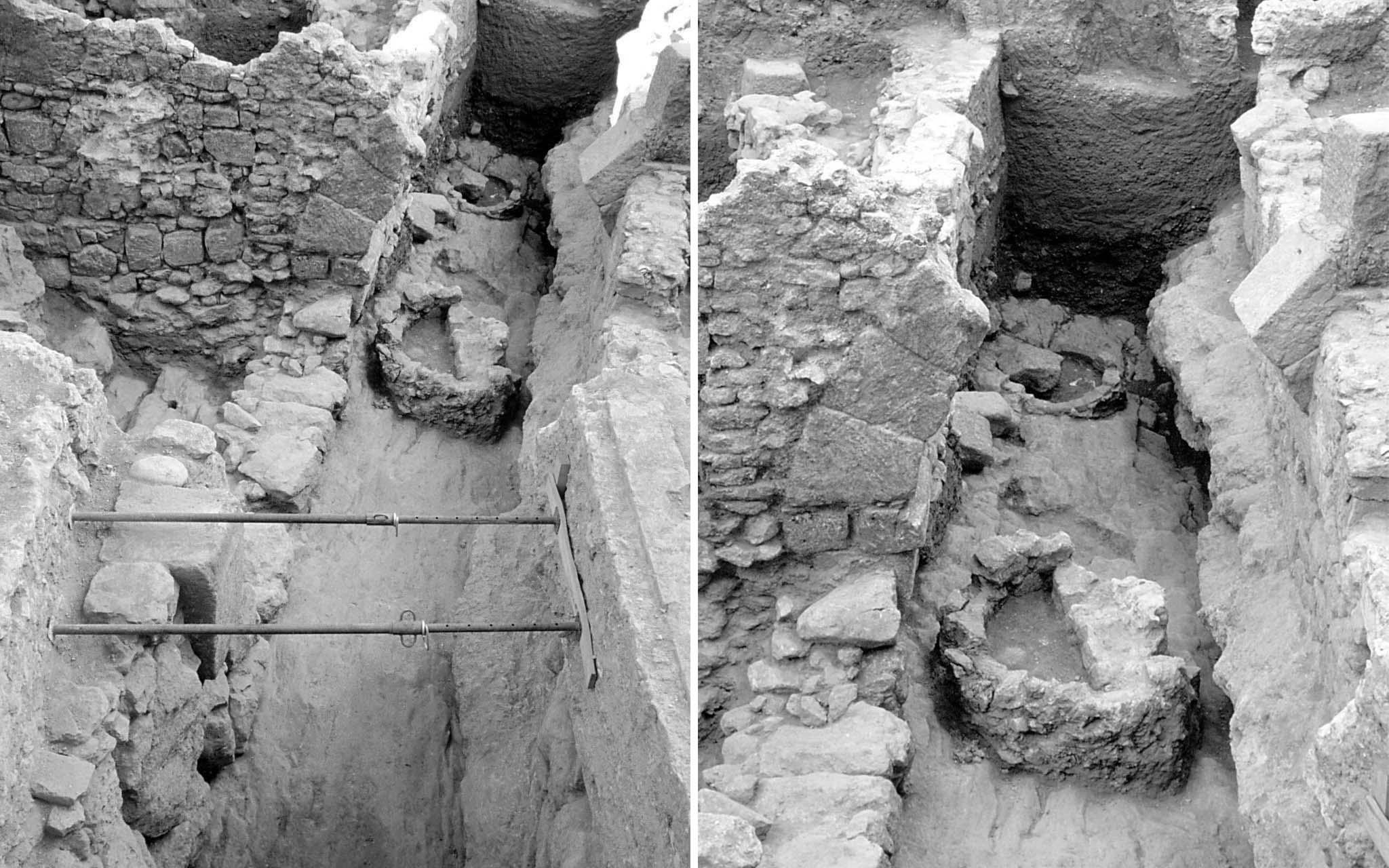
Archaeologists have been able to document that underneath today’s Unió street, a large canal ran from the higher part of Tarraco to the port area. This canal, which reached almost 2 metres deep in the middle, was the great collector or drain where all the waste waters from the Roman city went to be removed. This type of monumental drain highlights the high level of sophistication of Tarraco’s urban infrastructures.
SUBURB
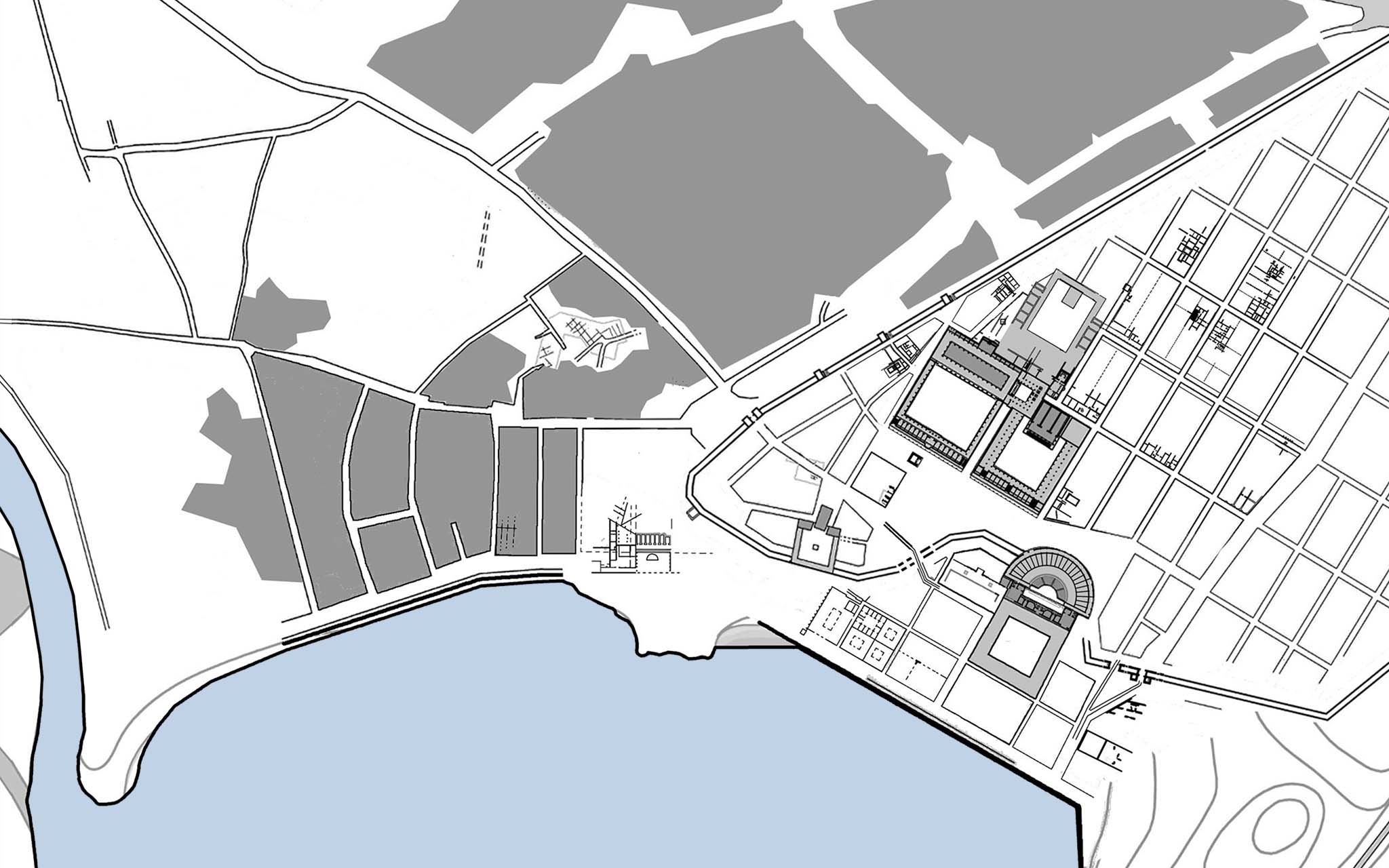
The large suburban area of Tarraco, which spread out between the city and the Francolí river, was known for being an area of contrasts between urban and rural, as the Romans built a set of both residential as well as commercial spaces, the latter dedicated to producing wine and oil. A network of roads connected these buildings, interspersed with the presence of massive fountains and warehouses. These roads also grouped together funeral sites within its surroundings, such as mausoleums, and other varied burial forms, including tombs and sepulchres in graves.
THE PORT
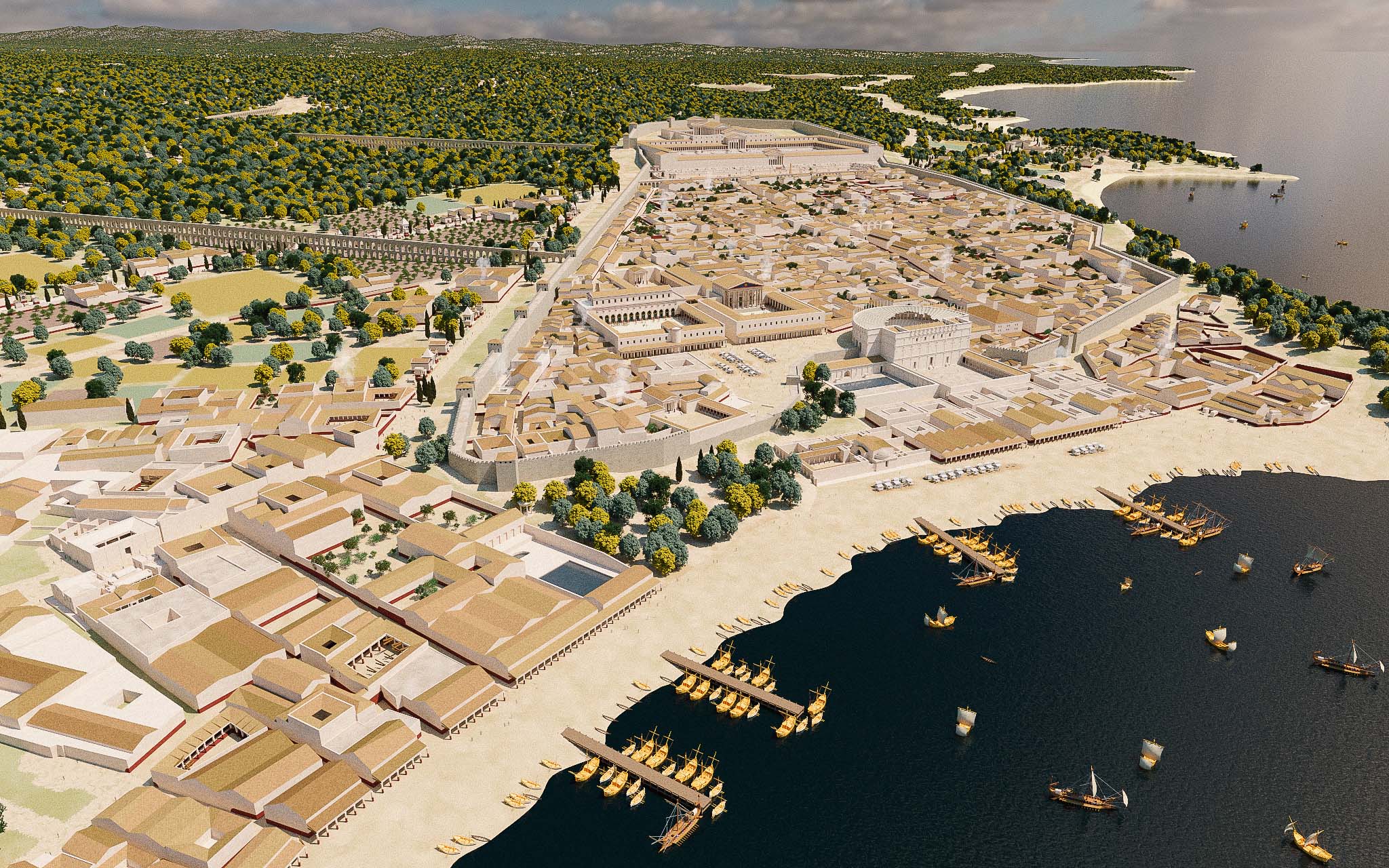
From the beginnings of the Roman conquest of the Iberian Peninsula until the end of the 2nd century B.C., the port of Tarraco constituted one of the main bases of naval operations in the war against Carthage and later during Rome’s expansion. Originally a military base and later a commercial port connected with the entire Mediterranean, the port of Tarraco spread from today’s Plaça dels Carros to the mouth of the Francolí river, forming a bay around which docks and warehouses were built, which were in turn protected by a massive dyke.


